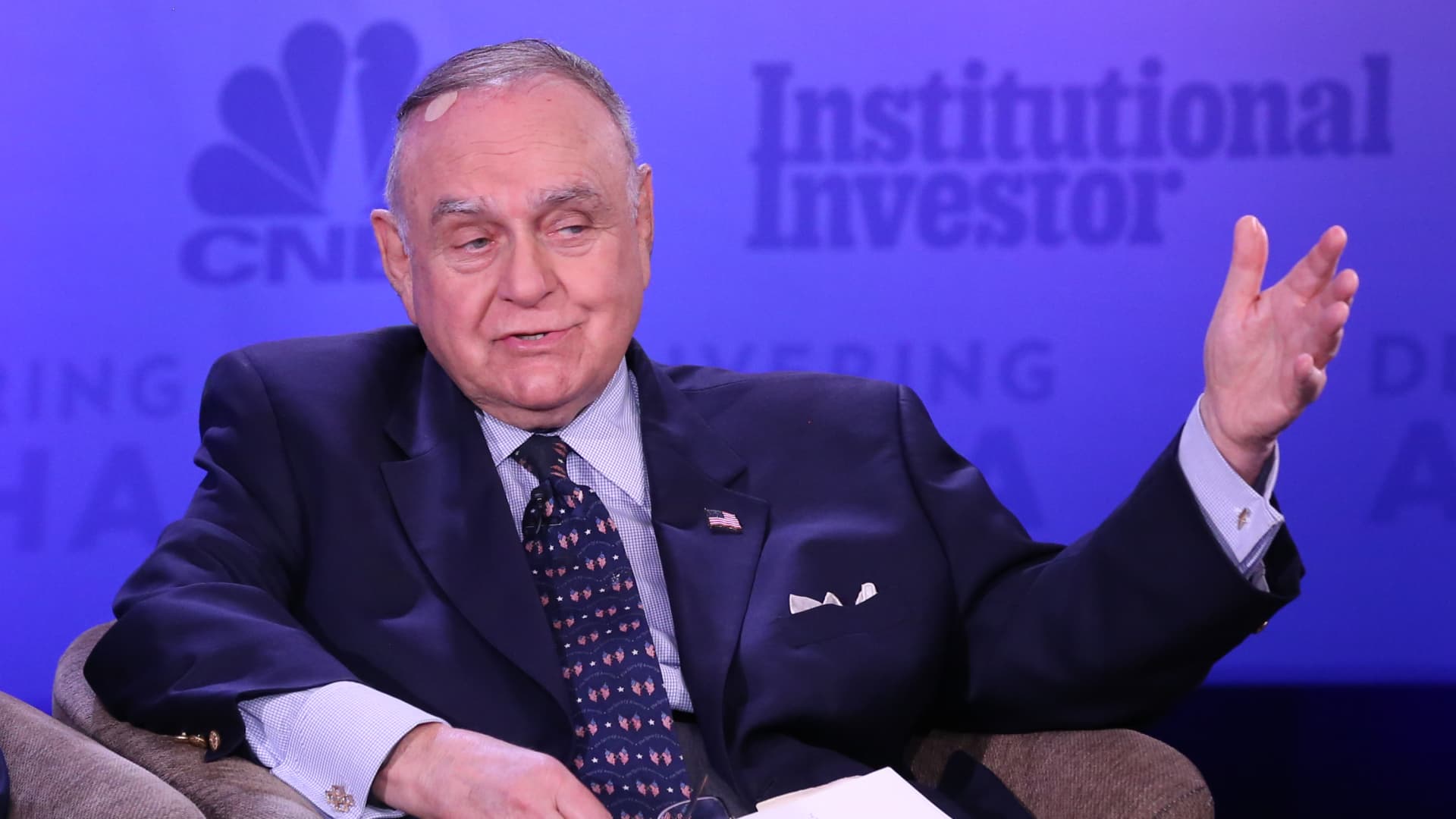© Reuters. FILE PHOTO: A “now hiring” sign is displayed outside Taylor Party and Equipment Rentals in Somerville, Massachusetts, U.S., September 1, 2022. REUTERS/Brian Snyder/File Photo
2/2
By Lucia Mutikani
WASHINGTON (Reuters) – U.S. employers hired more workers than expected in December while raising wages at a solid clip, casting some doubt on financial market expectations that the Federal Reserve would start cutting interest rates in March.
Nonfarm payrolls increased by 216,000 jobs last month, the Labor Department’s Bureau of Labor Statistics said in its closely watched employment report on Friday. Data for November was revised lower to show payrolls rising 173,000 instead of 199,000 as previously reported.
Economists polled by Reuters had forecast payrolls increasing by 170,000 jobs. The economy added 2.7 million jobs in 2023, a sharp step-down from the 4.8 million positions created in 2022. That reflects cooling demand for both labor and in the broader economy following 525 basis points worth of rate hikes from the U.S. central bank since March 2022.
The data indicated that the economy avoided a recession last year and would likely continue to grow through 2024 as labor market resilience supports consumer spending. Roughly 100,000 jobs per month are needed to keep up with growth in the working age population.
The unemployment rate was unchanged at 3.7%. There has been an influx of people into the labor force, some of it tied to a rise in immigration. The unemployment rate has risen from a five-decade low of 3.4% in April.
Despite the expanding labor pool, wage inflation remains firm.
Average hourly earnings rose 0.4% in December after gaining 0.4% in the prior month. That raised the year-on-year increase in wages to 4.1% from 4.0% in November.
But danger could be lurking beneath the seemingly resilient labor market. Job growth in recent months has been largely concentrated in less than a handful of sectors, including leisure and hospitality as well as healthcare.
Government hiring as state and local governments try to bring education staffing back to pre-pandemic levels has also been driving employment gains. Some economists said this indicated that the labor market was not as strong as the numbers suggested. Nonetheless, most do not expect a recession this year, but lackluster growth.
Goldman Sachs economist Manuel Abecasis was, however, less concerned, noting that the three industries that have dominated hiring accounted for 40% of employment.
“The industries accounting for 70% of total employment have continued to add jobs on net,” said Abecasis. “Looking ahead, we expect total labor demand to continue to ease gradually but the breadth of hiring to widen somewhat.”
The Fed held its policy rate steady in the current 5.25%-5.50% range last month and policymakers signaled in new economic projections that the historic monetary policy tightening engineered over the last two years is at an end and lower borrowing costs are coming in 2024.
With December’s employment report, the government incorporated annual revisions to the seasonally adjusted household survey data, from the which the unemployment rate is derived, for the past five years.
The revisions had little impact on the jobless rate or the labor force participation rate.







































